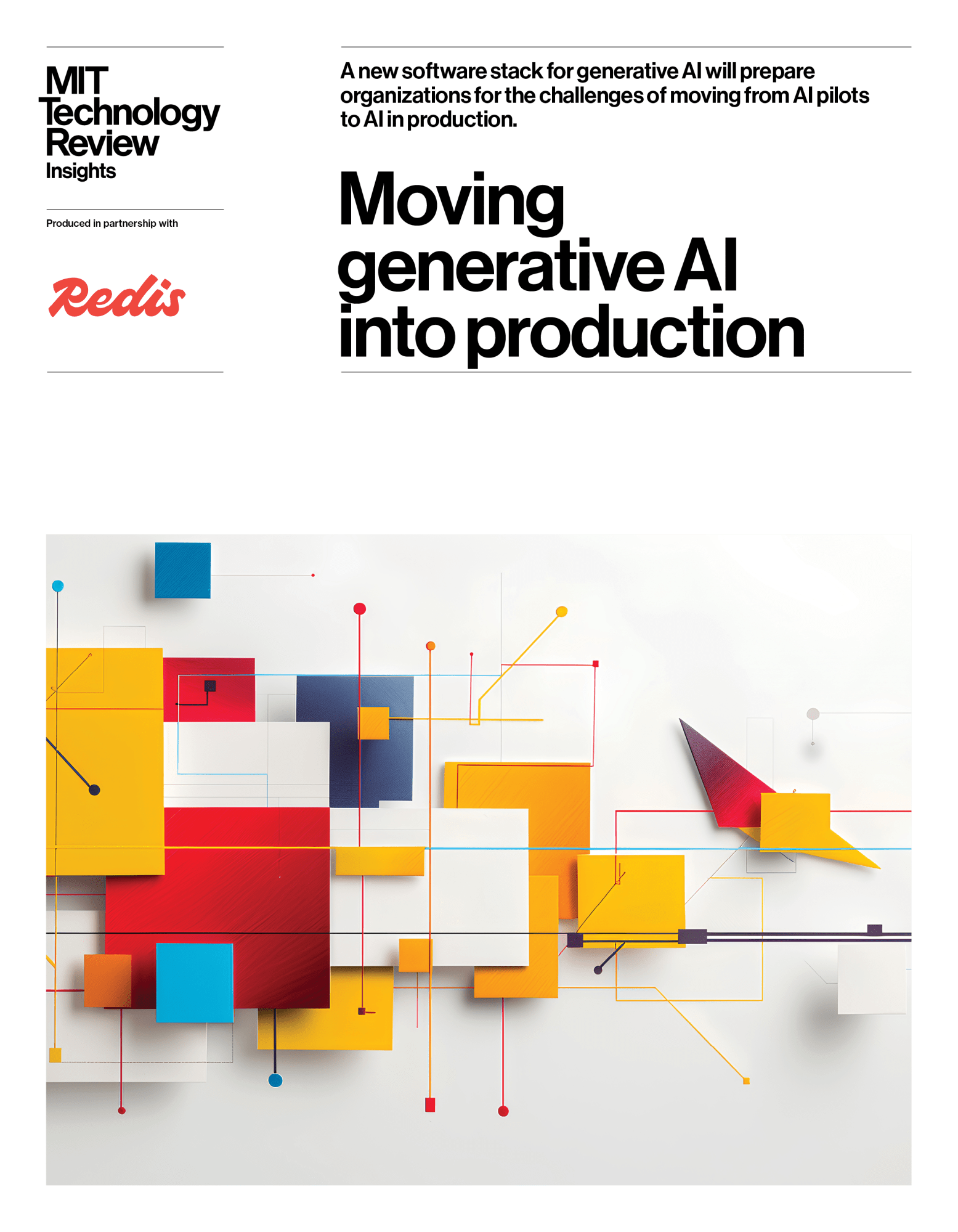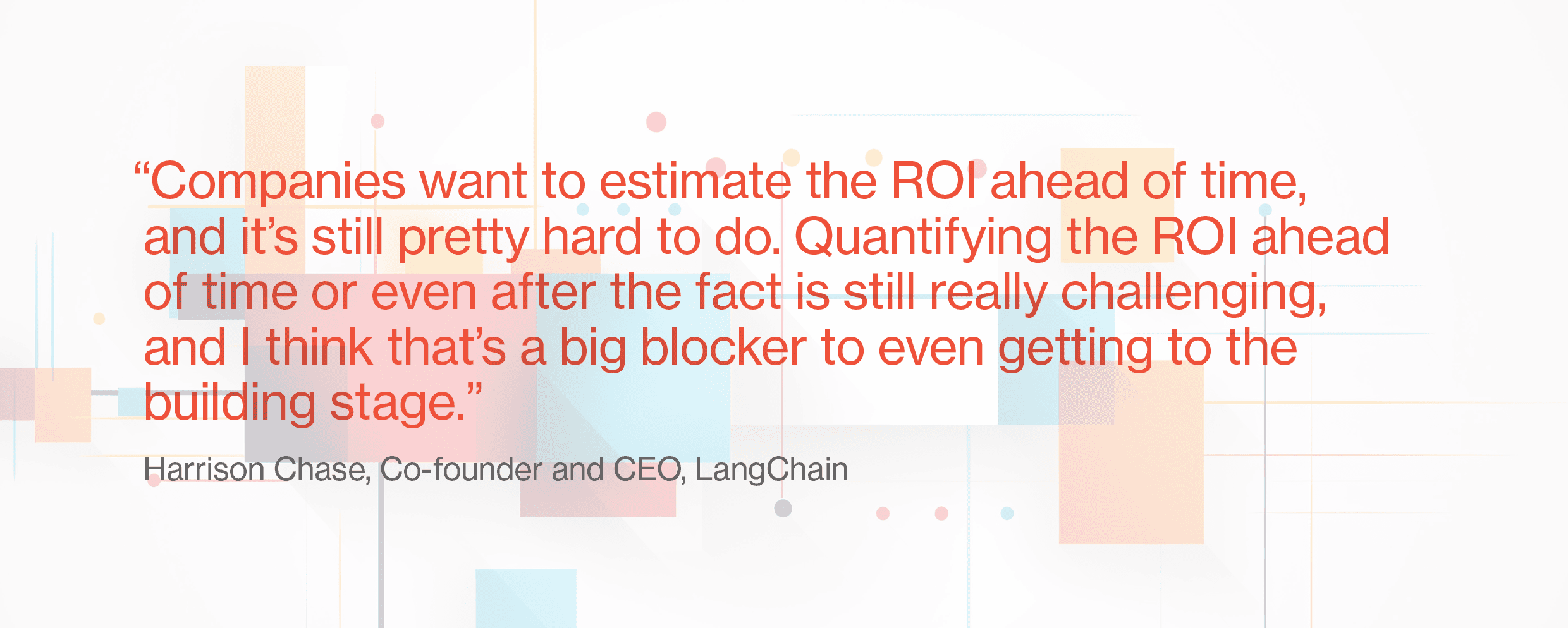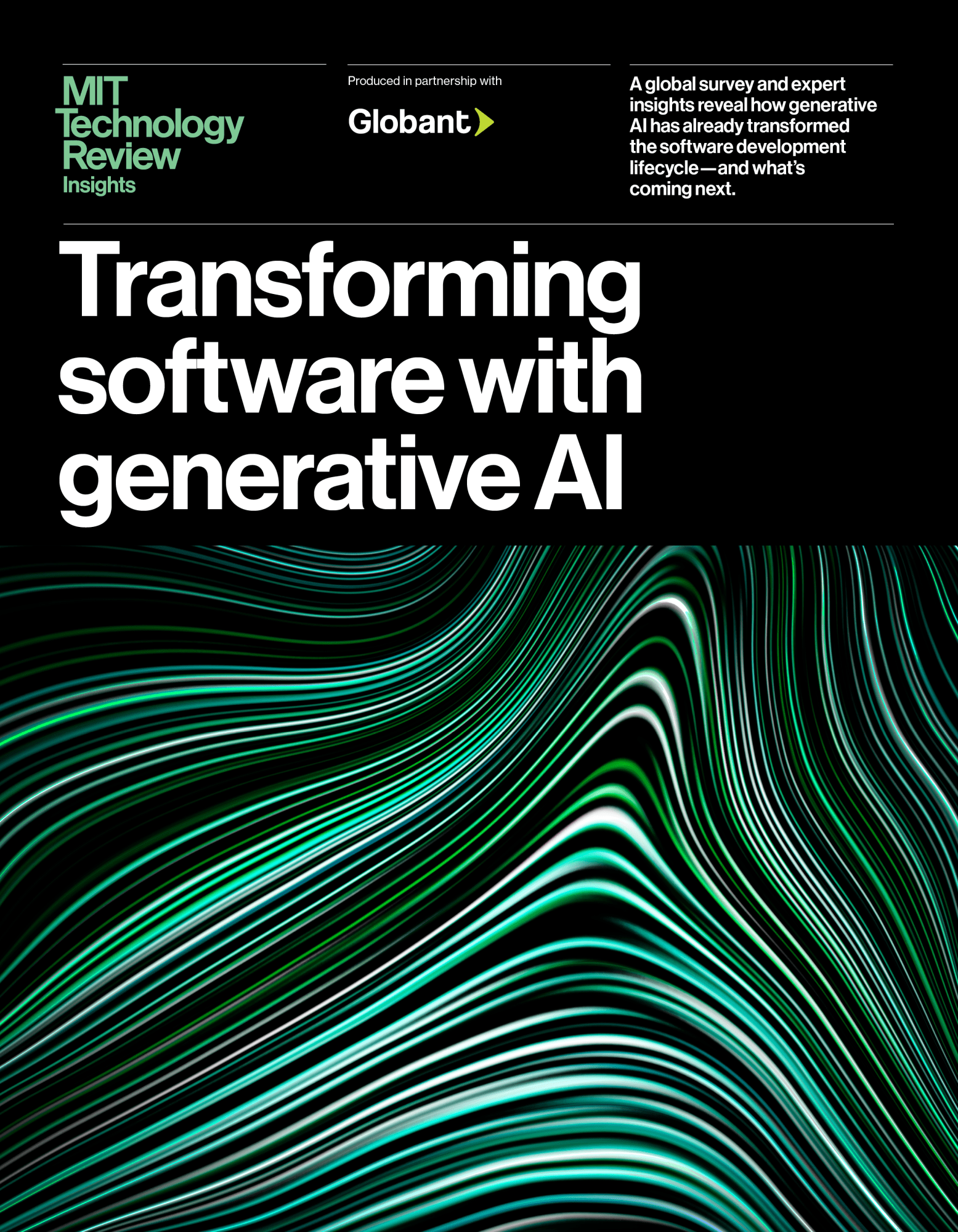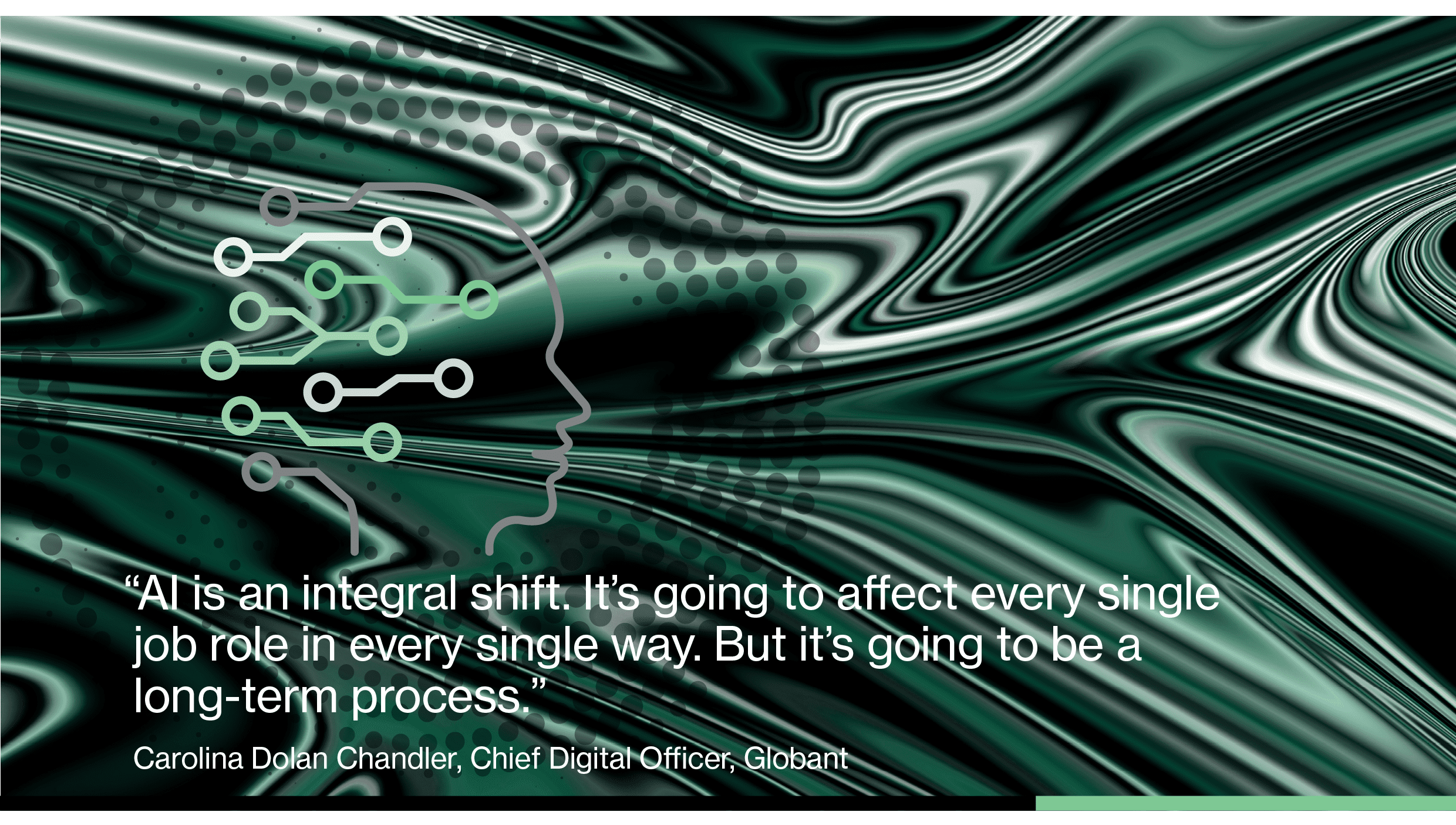Pairing live support with accurate AI outputs
A live agent spends hours each week manually documenting routine interactions. Another combs through multiple knowledge bases to find the right solution, scrambling to piece it together while the customer waits on hold. A third types out the same response they’ve written dozens of times before.
These repetitive tasks can be draining, leaving less time for meaningful customer interactions—but generative AI is changing this reality. By automating routine workflows, AI augments the efforts of live agents, freeing them to do what they do best: solving complex problems and applying human understanding and empathy to help customers during critical situations.
“Enterprises are trying to rush to figure out how to implement or incorporate generative AI into their business to gain efficiencies,” says Will Fritcher, deputy chief client officer at TP. “But instead of viewing AI as a way to reduce expenses, they should really be looking at it through the lens of enhancing the customer experience and driving value.”
Doing this requires solving two intertwined challenges: empowering live agents by automating routine tasks and ensuring AI outputs remain accurate, reliable, and precise. And the key to both these goals? Striking the right balance between technological innovation and human judgment.



A key role in customer support
Generative AI’s potential impact on customer support is twofold: Customers stand to benefit from faster, more consistent service for simple requests, while
also receiving undivided human attention for complex, emotionally charged situations. For employees, eliminating repetitive tasks boosts job satisfaction and reduces burnout.The tech can also be used to streamline customer support workflows and enhance service quality in various ways, including:
Automated routine inquiries: AI systems handle straightforward customer requests, like resetting passwords or checking account balances.
Real-time assistance: During interactions, AI pulls up contextually relevant resources, suggests responses, and guides live agents to solutions faster.
Fritcher notes that TP is relying on many of these capabilities in its customer support solutions. For instance, AI-powered coaching marries AI-driven metrics with human expertise to provide feedback on 100% of customer interactions, rather than the traditional 2%
to 4% that was monitored pre-generative AI.
Call summaries: By automatically documenting customer interactions, AI saves live agents valuable time that can be reinvested in customer care.
This content was produced by Insights, the custom content arm of MIT Technology Review. It was not written by MIT Technology Review’s editorial staff.













